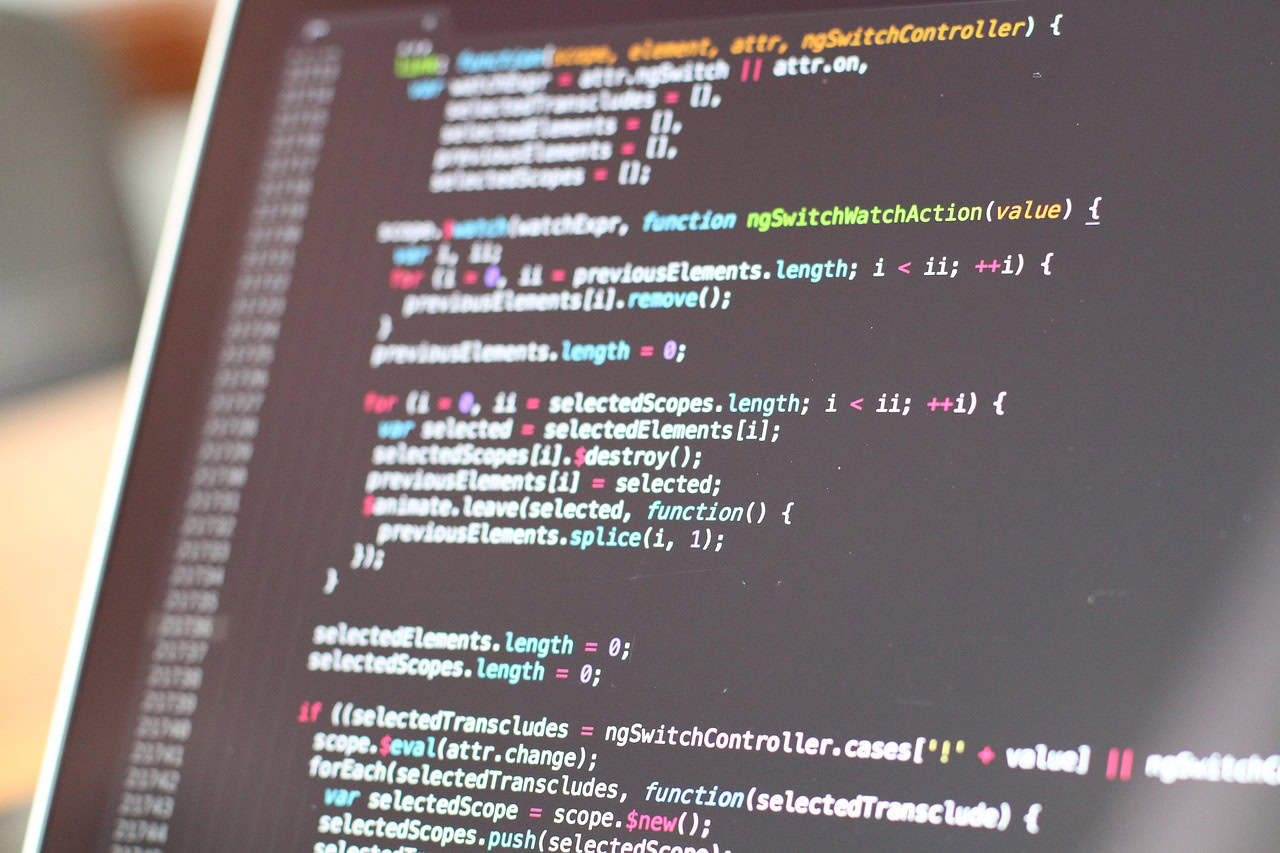Mastering the Python `if` Statement: A Key to Dynamic Decision Making
Estimated reading time: 5 minutes
- Learn the basics of the Python `if` statement.
- Explore the usage of `else` and `elif` clauses.
- Understand how `if` statements enhance control flow in applications.
- Review practical applications and best practices.
- Access additional learning resources on the topic.
Table of Contents
- What is the Python `if` Statement?
- Extending with `else` and `elif`
- How the `if` Statement Works in Control Flow
- Summary Table of `if` Statement Components
- Practical Applications and Takeaways
- Conclusion
- FAQ
What is the Python `if` Statement?
The Python if statement is a fundamental control flow tool used to execute a block of code only when a specific condition evaluates to True. This allows for dynamic decision-making in your programs, ensuring the code behaves differently based on the specified conditions.
Basic Syntax and Usage
The basic form of an if statement in Python is as follows:
if condition:
# code block to execute if condition is True
Condition: This is a boolean expression that the program evaluates. If the condition is True, the indented block of code under the if statement runs. If the condition is False, the block is skipped.
Here’s a simple example:
number = 10
if number > 5:
print("Number is greater than 5")
In this example, the message prints only because number > 5 is True. For a more detailed guide, you can visit Programiz’s if statement overview.
Extending with `else` and `elif`
The power of conditional statements can be further enhanced by integrating the else and elif clauses:
elseClause: This clause can be appended after anifstatement to execute code when the condition isFalse. Here’s how it looks:
if condition:
# code runs if True
else:
# code runs if False
elif Clause: The elif (short for “else if”) allows for checking multiple conditions sequentially. If the previous if or elif conditions are False, elif tests another condition.
if condition1:
# code block 1
elif condition2:
# code block 2
else:
# code block 3
This structure supports multi-way decision-making, enabling your code to direct flow based on various conditions. For further examples, check out W3Schools’ documentation on Python conditions.
How the `if` Statement Works in Control Flow
Here’s how the if statement operates within your programs:
- Evaluation: The
ifstatement evaluates the specified condition. - Execution: If true, it executes the associated block of code.
- Continuing through Conditions: If false, the program checks
elifconditions or defaults toelseif available. - No Matches: If none match, no code runs from the
ifstructure. - Integration in Loops and Functions: This logic can be nested within loops or functions, allowing for varied outcomes based on the conditions.
For a more comprehensive explanation of control flow, you can refer to the official Python documentation.
Summary Table of `if` Statement Components
| Keyword | Purpose | Requirement |
|---|---|---|
if |
Initiates a condition check | Must have a boolean condition |
elif |
Tests another condition if any previous were False |
Optional, can have multiple elif clauses |
else |
Executes if none of the preceding conditions were True |
Optional, no condition needed |
The if statement is essential for Python programming, enabling conditional execution and branching logic based on dynamic conditions.
Practical Applications and Takeaways
Use Cases in Real-World Applications
- Input Validation: Use
ifstatements to validate user input in applications, ensuring only valid data is processed (e.g., checking age limits). - Game Development: In game programming,
ifstatements can determine player states or responses based on game conditions. - Data Filtering: For data analysis, use
ifstatements to filter datasets dynamically, allowing only relevant data to be processed. - Web Development: In web applications, the
ifstatement helps manage user sessions, displaying different content based on user status.
Actionable Advice
- Practice Basic Examples: Start with simple examples to grasp how
if,elif, andelsework together. - Chaining Conditions: Experiment with multiple
elifstatements to check for various conditions sequentially. - Debugging Tools: Use print statements or debugging tools to see how your conditions evaluate during runtime, helping you understand control flow better.
Expanding Your Knowledge
At TomTalksPython, we aim to elevate your programming skills. We not only provide guidance on core concepts but also on practical implementations, including using tools like AI consulting for building smarter applications and integrating n8n workflows for effortless automation.
If you’re just beginning or looking to enhance your skills, check out our other resources on Python and automation.
Conclusion
Understanding how to use the if statement is vital for any aspiring Python developer. It permits your application to make decisions dynamically, which is at the heart of intelligent programming. Whether you’re building an interactive game or processing complex data, mastering the if statement will empower your coding journey.
Call to Action
Ready to take your Python skills to the next level? Explore our extensive collection of Python tutorials and resources at TomTalksPython today!
Disclaimer: The content provided in this article is intended for educational purposes only and should not be considered professional advice. Always consult a qualified expert before implementing programming solutions or making significant changes based on the information provided.
References
- W3Schools Python Conditions – A guide to understanding
if,elif, andelsein Python. - GeeksforGeeks Python If Else Statements – Detailed explanation on condition handling.
- Programiz Python if Statement – A comprehensive overview of the
ifstatement syntax and examples. - Official Python Documentation on Control Flow – In-depth exploration of control flow mechanisms including
if. - Mimo Python If Statement Guide – A beginner-friendly overview of conditional logic.
